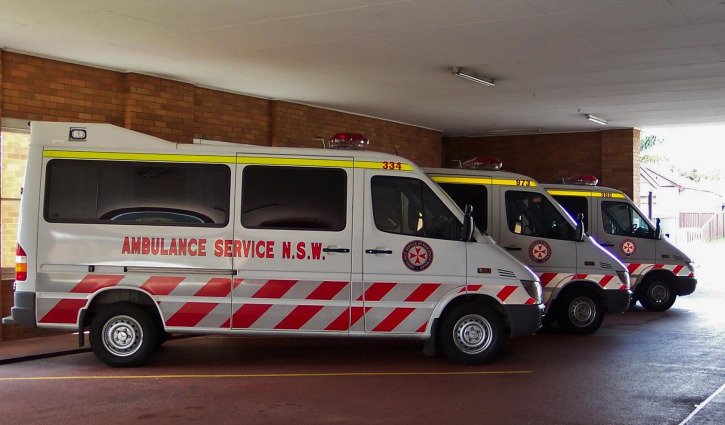New analysis of WHO data by Compare the Market finds the majority of countries in the top 10 of the active vitality index are in Europe.
The scores are based on a combination of a country's average life expectancy, average healthy life expectancy and physical activity levels of a population. The only three non-European nations in the top 10 were Singapore, New Zealand and Bhutan.
Australia narrowly missed out on the top 10, ranking 13th overall.
A study found that Australia has the fifth highest average life expectancy of 83.10 years, and the 12th highest healthy life expectancy of 70,13 years.
Despite this, Australia was let down by the physical activity level of the population with 27.96% of the population not meeting the recommended time spent exercising. There were 102 countries ahead of Australia in activity levels.
Compare the Market AU’s Executive Manager of Health Insurance, Steven Spicer said there were many countries in the same boat as Australia with high life expectancy but missing the mark on activity levels.
“What was usually common across these countries was that they had higher-quality healthcare available,” Spicer said.
“Australia has some of the best healthcare in the world, with a public and private health system. Some may assume that if they already have a health condition, or are older, or have a family history, they may pay more for their health cover because they could be a ‘higher risk’.”
Spicer noted that Australia’s health insurance being community-rated was an advantage.
“This means that you don’t pay a higher base premium if you are living an unhealthy lifestyle or have more health issues than another customer living in the same state,” he said.
“Things like age, health, and gender are not directly going to affect the base cost of your health insurance.
“Your age may play a role however in determining any rebates, loadings and discounts that you are eligible for, as will your income threshold.”



